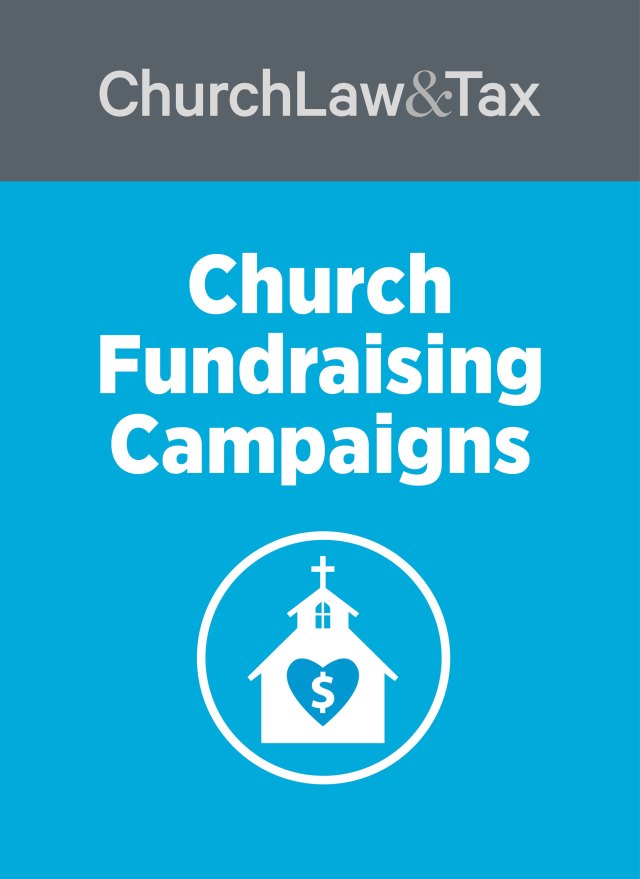We’re in the middle of the “public phase” of a capital campaign at my church, and during the whole process I’ve learned:
1. You’ll repeat yourself … a lot!
Our teaching pastor repeated the core message of our campaign 19 times before it was finally released in the last public message. We worked on the core messaging for months and then talked with leaders and core donors multiple times. We were prepared to repeat ourselves.
Campaigns like this require leaders to communicate the same thing over and over in a number of different ways. Choose your campaign focus wisely because you’ll be living with this content for an extended amount of time. (The public phase is just the beginning. You’ll be talking about these areas for years as you keep people excited for the mission!)
2. The strategy isn’t magical. It’s a lot of work.
We’ve been planning for our campaign over the last two years. We talked with multiple firms that help with this sort of thing. We interviewed other churches who have been through it. I wanted to make sure we understood the dynamics at play that make campaigns “successful.”
I found that most churches and campaign companies follow a similar pattern or strategy in communicating a campaign like this. It generally falls into this sort of timeline:
- Leadership: Church leaders sort out the core elements of the campaign.
- Core Donors: A small percentage of donors that represent a disproportionate amount of the church’s revenues will be invited to a series of meetings to get them in on the ground floor
- Volunteers and Other Donors: Church leaders talk with all the other donors and people who donate time to the church to get them fired up for the mission.
- Public: A series of Sunday services will be aimed at everyone else to bring them along.
- Pledge Weekend: Everyone is asked to let the church know how they will respond to the vision
- Follow Up: An extended time is given to vision casting and following up with everyone who has pledged to give to the campaign
It’s actually not that complex but each of those steps is a tremendous amount of work. Doing them well is an all-consuming process. It requires an “all hands on deck” approach to ensure everyone is pointing in the right direction.
3. Many churches don’t meet their pledges.
Go talk with a bunch of churches who have completed their campaigns, and you’ll see an unsettling trend: Many churches have great initial pledges come in but they don’t collect on all those good intentions. It seems like people are fired up to be part of a campaign on the front end but then lose steam over time.
The problem is many churches make financial commitments on the back of these campaigns and end up taking on debt to make their plans come through. Ensure your campaign consultant is on the hook to help you through the follow-up process. Make sure there is a clear plan of attack for how you are going to keep people interested in the vision long after the pledge weekend.
4. It’ll take longer and cost more.
You can’t do this overnight, and it’s going to cost you a bunch of money to do well. The “public phase” of our campaign is six weeks long. We spent six months getting ready for it. We spent hundreds (maybe thousands) of team hours in preparation for all the various elements. We set a budget at the beginning of the campaign for all the support materials and events, and we spent most of it before we were a third of the way through. We needed to reassess what it was really going to take and increase our spending. It costs a lot of money to communicate clearly and raise these sorts of resources.
5. It’ll strain your team unity.
At the beginning of our campaign, our coach, George, met with our staff and charged us to protect our unity through this process, and I’ve valued that input many times.
During the capital campaign, a lot of money will be focused on a few areas at your church, and that imbalance may make some leaders feel left out.
Your team members will also have extra events to run, people to meet with, materials to produce, videos to edit—on top of their normal work. People will be stressed and might be tempted to get short with one another. Intentionally work hard to pull everyone back together and work toward unity.
6. Weekend attendance will take a hit.
Before we launched the campaign, a number of churches that have completed campaigns told us that weekend attendance will take a hit, and it’s happening to us. We put the “public phase” in a time when we normally see increasing attendance growth in our campuses, but we’re seeing the opposite trend during this campaign. It’s a part of the cost of launching this sort of initiative. Some people will simply opt-out of all this “vision” talk and simply not come. Make sure to plan a strong “recall” campaign after the “public phase” to encourage people to come back.
Rich Birch serves as part of a four-member Lead Team at Liquid Church in the Manhattan facing communities of New Jersey.
This post is adapted from “6 Things Consultants Won’t Tell You About Capital Campaigns” and first appeared on Rich’s blog, unSeminary.com. Used with permission.
Learn more about church capital campaigns in this downloadable resource.




